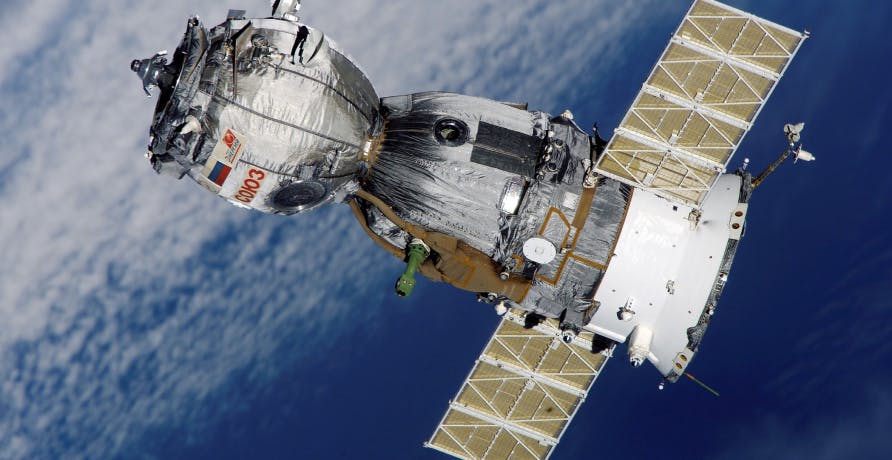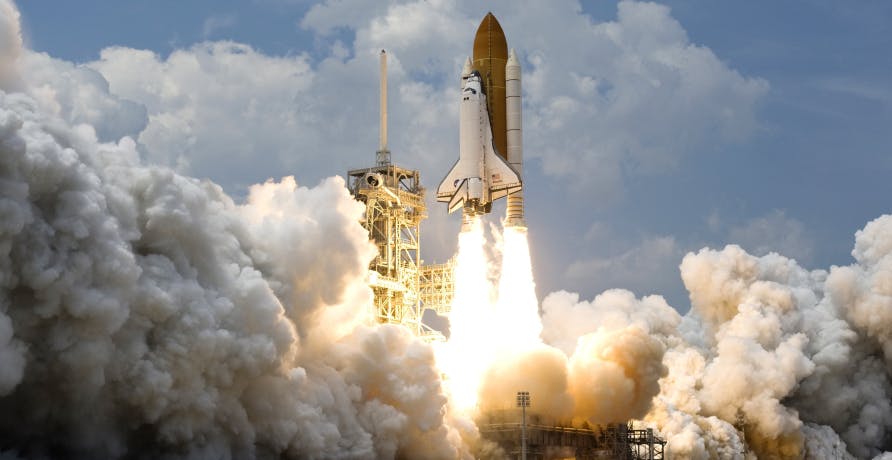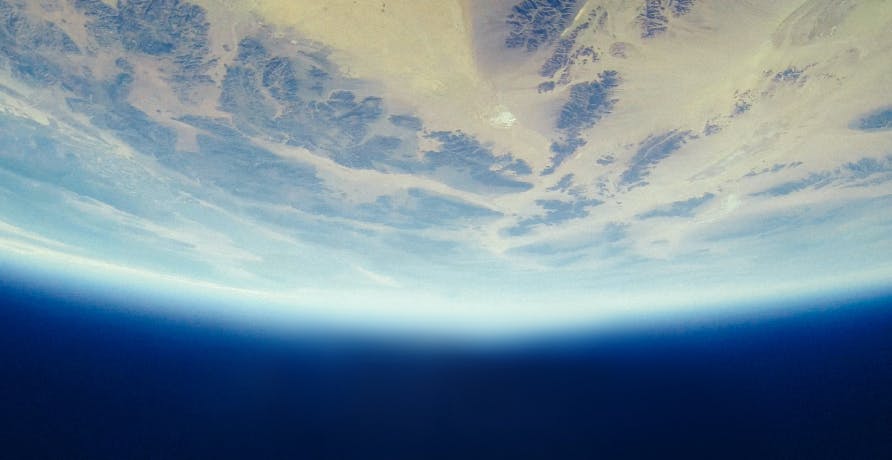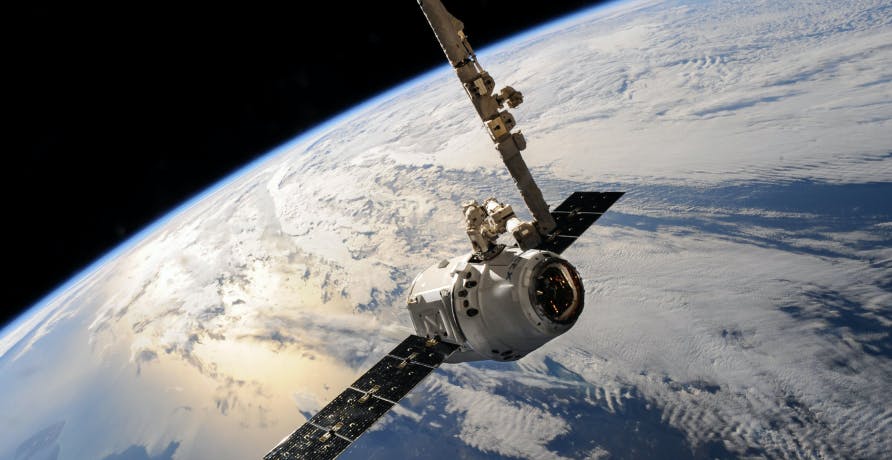ESG / CSR
Industries
Why is Space Junk a Problem both for Exploration and the Earth?



Back in summer of 1969 when Neil Armstrong became the first person to walk on the moon, we can be next to certain that the last thing on the minds of Americans eyeing the revolutionary moment on television was how extensive research in outer space would result in space junk – otherwise known as space debris that could harm both exploring the universe and the health of the planet.
What is space junk, and how could it negatively impact both those interested in exploring outer space and the Earth?
What is space junk?
Space junk is a direct result of human activity, as space debris was never left behind before humans started developing the technology and interest to discover what else is out there. Space junk can also refer to the debris or various materials that fall behind from a rocket when it takes off, or ultimately fails to return to home base.
Think of space junk as a toddler who is finally able to walk and play with their own toys. When the toddler wasn’t able to walk by themselves, it was easier for the person watching the toddler to keep the surrounding play areas clean – as they were the ones responsible for taking out the toys and subsequently putting them away. However, once the toddler is able to walk – they can take out as many toys as they want to prevent boredom, and likely do not understand the concept of making a mess as they are too interested in the stimulation created by the various toys laid out on the carpet.
The same thing has happened with humans who have taken an interest in the exploration of outer space, as so many different types of cameras, rovers, and rockets have been sent to observe what lies beyond our own atmosphere – but with little in mind to how the failure to retrieve those devices and return them to Earth could impact outer space and the planet.

Why is space junk bad for exploring outer space?
When outer space comes to mind, a lot of open space is often the first thought of many – given humans have only discovered a mere 5% of the universe. Therefore, many scientists and professionals who are part of programs and organizations dedicated towards discovering what lies elsewhere in the universe, such as NASA, may not think twice about how sending various aircrafts, cameras, or rovers could impact their very mission: discovering what else is out there.
Even if not all space junk is left to either float in the abyss of space or seems to threaten the Earth, it can still hinder the chances of those searching for scientific answers to be successful. For example, a viable amount of space junk has been left on the moon – something Neil Armstrong probably didn’t come across when he stepped on the planet back in July of 1969. By returning to the toddler metaphor explained earlier, all of those old satellites, rovers, and cameras on the moon can make it difficult to set up camp and implement new technologies to execute more advanced missions and exploration of space – in the same way that a toddler will find it difficult to play with one toy if too many are left out, resulting in a cluttered play area.
👉 One of the main problems with space junk that is sent into the atmosphere is not the act of sending it up in the first place, but how far away it is sent – as many satellites sent over 22,000 miles into the atmosphere will make retrieving the space junk and bringing it back to Earth more difficult, which results in even more space junk.
Also, while it may take several more years for space junk to become a substantial roadblock in exploring outer space – space junk still poses a threat to active satellites currently in orbit. This is because those satellites hold greater potential to be damaged, destroyed, or emit toxic substances as they are still active.
In addition to space junk potentially interfering with existing satellites in orbit, space junk could ultimately deter the safety and life-long efforts of astronauts who live on the ISS, or the International Space Station.
Ultimately, space junk doesn’t have to be a common occurrence, but scientists do need to remain mindful of the risks when sending devices up to explore outer space if they want to keep their visibility for discovery wide open.

Why is space junk bad for planet Earth?
The explanation as to why space junk may hinder space exploration is easy to make sense of, but the reasons as to why space junk could be detrimental for those of us still on the ground on planet Earth might be a bit more of a head scratcher. How could space junk affect the planet if it is lost up in the sky thousands of miles away?
Space junk isn’t only detrimental to the scientific community, but also for the rest of mankind and any other living organisms on planet Earth. This is because spake junk has a direct, negative impact on the environment seeing as objects left behind in space release various chemicals into the atmosphere and ultimately contribute to the depletion of the ozone layer. Space junk can also prevent future launches from being successful, meaning all of that fuel meant to take an aircraft up to space could end up polluting the atmosphere even more than already intended.
Think of space junk like a leaky faucet in a home that is leaking water unbeknownst to the homeowner, and slowly creating a flood overtime that the people in the house will have to deal with later. This is bad on a multitude of levels: as the flood can cause carpets to mold, cause an uproar in utility bills, and deter energy efficiency from being productive as it should. Space junk impacts the environment in the same way, as the chemicals emitted over time from deactivated machinery sent to space can accumulate and have catastrophic repercussions over time.
Even worse, if a shooting star or some other meteor hurdles towards space and accidently hits a piece of space junk while making its way to Earth – millions of toxic particles could explode and fall towards the atmosphere and deplete the ozone layer as well.
👉 In this sense, space junk is bad for the environment in the same way that it is bad for space exploration – as space junk acts as an obstacle that could have negative effects on the atmosphere and prevent effective scientific research in space.

Is there a way to avoid space junk?
Cleaning up and avoiding space junk in the future isn’t as much of a preference whether someone likes their room clean or doesn’t mind living in a mess. The good news is that there is a way to clean up space junk.
A massive clean-up to collect various pieces of space junk can be initiated – some of the proposals to execute these deep-cleans in space include by giant fish nets to capture old space junk, using laser blasts to safely destroy these old satellites, or even creating robots with giant claws to grab and remove these old pieces of technology.
However, even if clean ups to scour through the thousands of pieces of space junk currently in the air are successfully executed, it still presents the problem of how to move forward in preventing space junk in the future. In fact, space junk could continue to impact both the environment and space exploration.
This is because several companies, including Amazon, are developing new satellites to send to space that help send the internet to the planet, and if allowed – a whopping total of over 80,000 satellites would then be circling the planet.
Therefore, one of the measures that should be taken to mitigate the current space junk predicament is to improve the monitoring and mitigation strategies used to maneuver these space crafts in the first place. Just as a traveler can check the weather the week before their trip and pack accordingly, if scientists in space exploration can improve the preventative measures and movements necessary to protect active space machinery from being hit – the less likely space junk will be to impact the environment or space exploration itself.

The next time the stars seem too iridescent in the sky to be real, the thought may arise how much space junk is floating around the universe – proving that appearances aren’t everything, just like the current climate change predicament on planet Earth.
Our world continues to function, but just like space junk – most of the current damage can’t be seen by the naked eye – and it’s something to think about when moving forward with future scientific endeavors in space exploration
What about Greenly?
If reading this article about space junk and how it could impact both the planet and space exploration has made you interested in reducing your carbon emissions to further fight against climate change – Greenly can help you!
Space junk isn’t the only surprising thing that could provoke environmental damage. Many of those can be difficult to discover, and Greenly’s got you covered – click here to book a demo and learn more about how we can help you to measure and reduce your various scope emissions.
Greenly can help you make an environmental change for the better, starting with a carbon footprint assessment to know how much carbon emissions your company produces.


